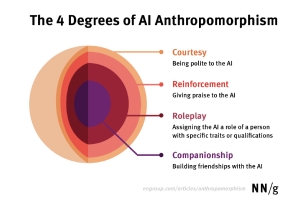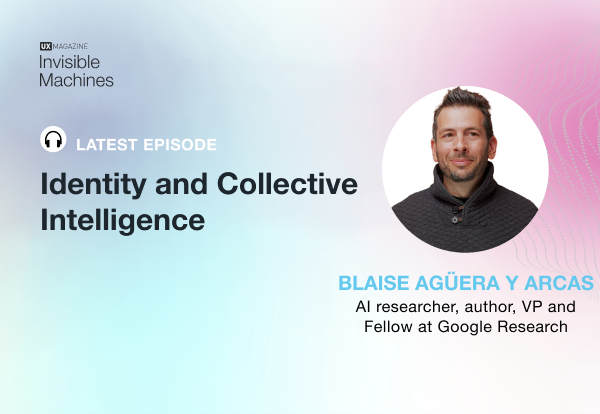- Research Methods and Techniques, The Evolution of Research, User Adoption
How UX teams can provide key insights using technology adoption models
Article by Lawton Pybus
What Makes Users Adopt a New Feature or Tool?
- The article explores the evolution of technology adoption theories, focusing on models like Diffusion of Innovations, TAM, TAM 2 and 3, UTAUT, and HMSAM, providing UX practitioners with tools to understand and enhance user behavior in product development.
Share:What Makes Users Adopt a New Feature or Tool?
Share this link
- January 9, 2024
6 min read

Article by Hjortur Hilmarsson
Designing for AI Hallucination: Can Design Help Tackle Machine Challenges?
- The article delves into the challenges posed by AI hallucinations, exploring their varied forms and real-world consequences.
- The author advocates for the pivotal role of design in addressing this issue, proposing visual elements like progress bars and color coding to enhance user control and understanding in interactions with AI.
Share:Designing for AI Hallucination: Can Design Help Tackle Machine Challenges?
Share this link
- January 4, 2024
5 min read

- Conversational Design, Interviews, Personal and Professional Development, Personas
Article by Hillary Black
13 Conversation Design Pivoters Share Their Stories and Advice for Breaking Into the Industry
- The article features insights from conversation designers, detailing their diverse backgrounds, learning paths, and challenges in the evolving field, offering valuable advice for aspiring professionals.
Share:13 Conversation Design Pivoters Share Their Stories and Advice for Breaking Into the Industry
Share this link
- December 28, 2023
19 min read

- Apple, Design Theory, The rise of design
Article by Sreya Majumdar
Unleashing the Power of Design Thinking: A Sustainable Journey Towards Business Innovation
- The article explores Design Thinking’s transformative role in business innovation, using Apple’s case as a prime example, and introduces a forward-looking sustainable framework for assessing innovation.
Share:Unleashing the Power of Design Thinking: A Sustainable Journey Towards Business Innovation
Share this link
- December 26, 2023
3 min read

- Artificial Intelligence, Direct Observation Research, Generative AI
Users attribute human-like qualities to chatbots, anthropomorphizing the AI in four distinct ways — from basic courtesy to seeing AI as companions.
Article by Sarah Gibbons
The 4 Degrees of Anthropomorphism of Generative AI
- The article delves into a qualitative usability study of ChatGPT, uncovering degrees of AI anthropomorphism in user behaviors.
- The authors identify four levels — Courtesy, Reinforcement, Roleplay, and Companionship — providing insights into how users interact with and perceive generative AI.
Share:The 4 Degrees of Anthropomorphism of Generative AI
Share this link
- December 21, 2023
8 min read

Article by Josh Tyson
Share:Identity, and Collective Intelligence with Blaise Agüera y Arcas
Share this link
- December 21, 2023
2 min read


